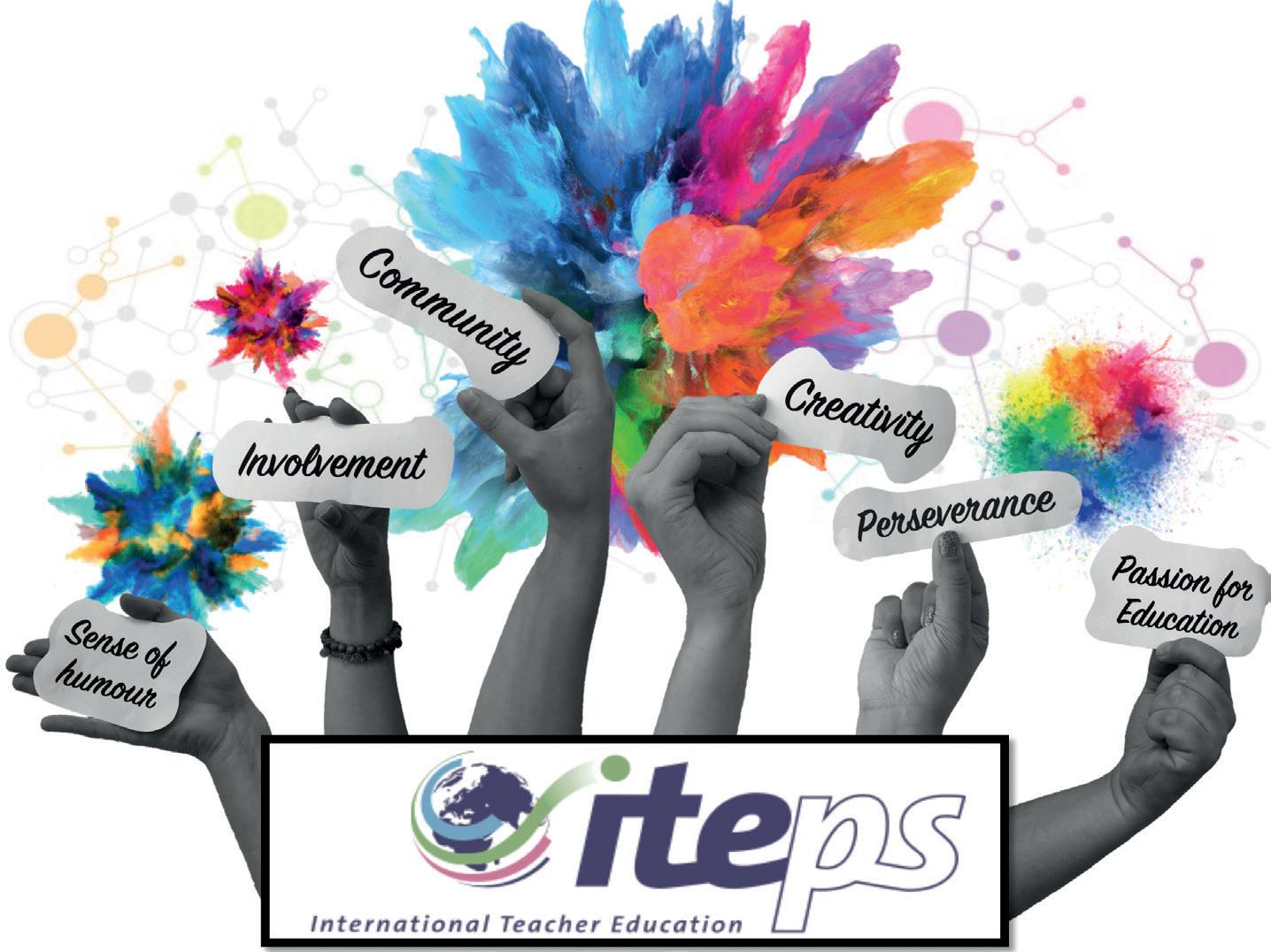Sponsored content
Where have all the teachers gone? Liz Free identifies a concerning trend from latest international education snapshots My eight year old daughter has discovered the potential of Alexa in all her glory! It appears that ‘True Colours’ (the Joshua Radin version, interestingly) and ‘Where Have all the Flowers Gone?’ are the hits to behold, and the lyrics of both have been ruminating for days as they echo around our home. When Pete Seger wrote the lyrics to the latter in 1955, who would have thought that 65 years later they would be so loved and embraced as if they had never been heard before? The sentiments of Seger’s lyrics run deep; particularly since I returned from speaking at the October 2019 Alliance for International Education conference in Geneva, the familiar lyrics are morphing into ‘where have all the teachers gone?’ A convenient analogy perfectly timed – or, perhaps, it’s the perfect fit? It was a pleasure to co-present in Geneva with Nalini Cook, Head of Europe Research and Schools Relations Manager, ISC Research, as we explored the trends and challenges of international education, its value and its relevance. Nalini’s presentation focussed on the latest data and, as the big and scary numbers appeared, one after the other, we all sat aghast. Perhaps the biggest and scariest of these, ignoring the value of the market, was the number of staff required to service the projected growth demand. Although we’ve seen these figures coming, they still shock me.
Autumn
Spring |
| 2020
If this data holds true (and historically ISC have been rather accurate in their projections), in the next ten years we will see an increase in demand for staff in international schools from 536 thousand to 1.03 million. This is unprecedented growth and begs the question: where will they all come from? As I love a bit of data surfing, tackling such a question requires digging into the numbers! Let’s start with the traditional suppliers for English-medium international education: how big is this pool? These are the fulltime equivalent numbers in the following countries: • 506,400 in the UK (BESA, 2019) • 3,600,000 in the USA (Nces.ed.gov, 2019) • 282,000 in Australia (Acara.edu.au, 2019) • 67,403 in Ireland (Education.ie, 2019) This makes an impressive pool of 4,455,803. Essentially, that means that if we continue the traditional approach of recruiting expatriate native English-speaking teachers from these countries, we would require about one in every four of them to work in the international sector each year. Ignoring the financial, social, moral and ethical issues around this situation, why wouldn’t this work?
53

























